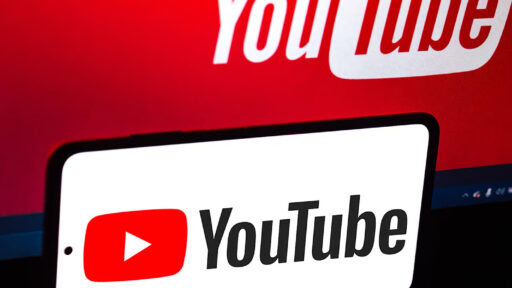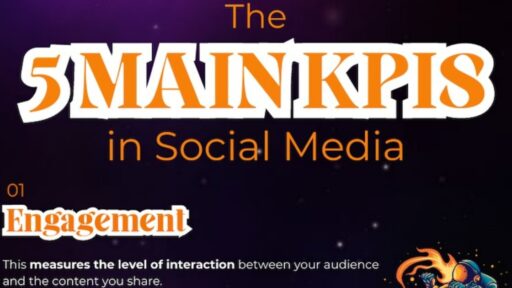Originally Posted on “Marketing” – Google News by unknown
In this dynamic and highly evolving landscape of Indian influencer marketing, brands often find themselves at crossroads when choosing between micro and macro influencers. Each category brings its unique strengths to the table, shaping brand narratives in profoundly different ways. Understanding these nuances is crucial for marketers aiming to leverage influencers effectively.
Here are a few parameters which brands need to keep in mind while crafting a long-term strategy for themselves.
Defining micro and macro influencers
Firstly, let’s delineate the two. Micro influencers typically have followers ranging from 10,000 to 100,000. They are often revered for their niche expertise and high engagement rates. Macro influencers, on the other hand, boast a follower count exceeding 100,000, often reaching into the millions. These influencers offer vast reach and are usually household names. Depending on your brand’s core TG, it is essential to address this area in the initial phase.
Engagement: Depth Over Breadth?
Studies suggest that micro influencers maintain higher engagement rates compared to their macro counterparts. This is largely due to their perceived authenticity and closer relationships with their audience. In the context of the Indian market, where diverse languages and cultures coexist, micro influencers can engage deeply with specific communities or interest groups, making them invaluable for brands that aim for a focused impact.
For instance, recently at AnyMind Group, we executed a vernacular campaign with a leading Jewellery brand in Maharashtra where the brand wanted niche Micro creators who would resonate with their local target audience. With the help of our proprietary tech platform, AnyTag, we curated Influencers from the specified region and executed the campaign. This approach helped the brand to increase footfall in their stores since the content created by the Influencers was very localised which resonated with the brand’s target audience.
Impact: The Wider the Better?
Conversely, macro influencers excel in creating broad awareness quickly. They are the go-to for brands seeking to launch a new product or enter a new market. For example, a smartphone brand launching in India might collaborate with a macro influencer to tap into their extensive reach, ensuring that the product gains immediate visibility across diverse consumer segments. We ran a macro creator-led festive campaign for Blue Heaven Cosmetics, wherein we leveraged TV celebs and other macro-Instagram influencers to drive massive pan-India reach and buzz for their new product range launch. This helped us in garnering a cumulative reach of 4.68M with total views of 8.1M+.
This approach is particularly effective in saturated markets where cutting through the noise is paramount. The endorsement by a well-known personality not only garners attention but also lends credibility to the product.
Cost-effectiveness: Budgeting for influence
Budget constraints are another critical factor influencing the choice between micro and macro influencers. Micro influencers are typically more cost-effective, allowing brands to engage several influencers for the price of one macro influencer. This can be a strategic advantage for startups or small to medium enterprises (SMEs) that require a high ROI on limited marketing budgets.
Moreover, campaigns engaging multiple micro influencers can lead to a ‘network effect’, where the combined reach and authenticity drive more profound cumulative impact than a single macro influencer might achieve.
Use cases in the Indian market
Fashion and Lifestyle: Micro influencers are ideal for fashion brands aiming to showcase real-life applications of their products. A micro influencer wearing a brand’s new line in their daily, relatable setting can influence purchase decisions more effectively than a celebrity who might appear inaccessible.
Technology and Electronics: Macro influencers often help tech brands achieve a splash during product launches. Their ability to reach millions means that new gadgets gain instant visibility across a broad audience.
Health and Wellness: Here, both micro and macro influencers can be pivotal. A health drink brand might use micro influencers to generate authentic testimonial-based content, while also partnering with a macro influencer for a broader awareness campaign.
Choosing between micro and macro influencers should not be an either/or proposition but a strategic decision based on the specific goals, budget, and target audience of a campaign. In the intricate tapestry of Indian markets, where consumer segments are as diverse as the cultures they represent, a nuanced approach to influencer marketing can yield unmatched dividends for brands. Engaging a combination of both influencer types, tailored to different phases of the marketing funnel, can harness the strengths of each to create a holistic impact.
Rubeena Singh is the country manager India & MENA, AnyMindGroup.






